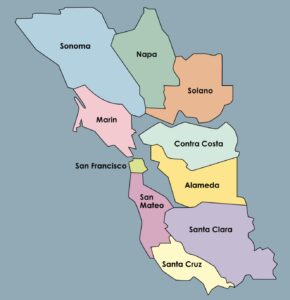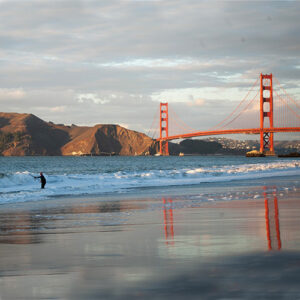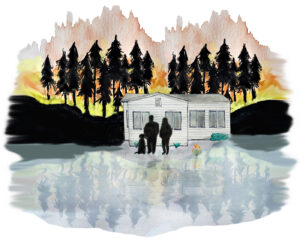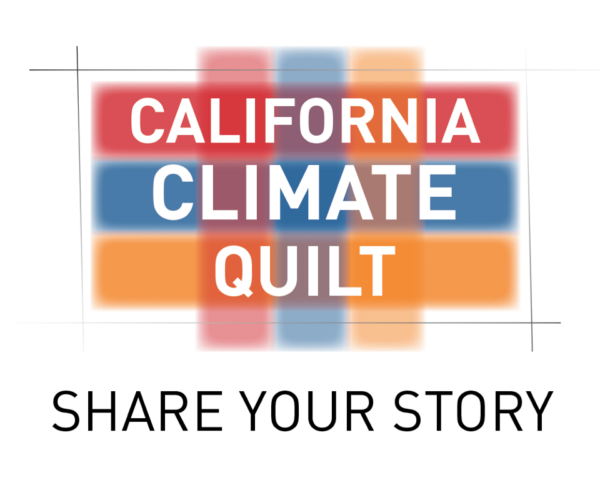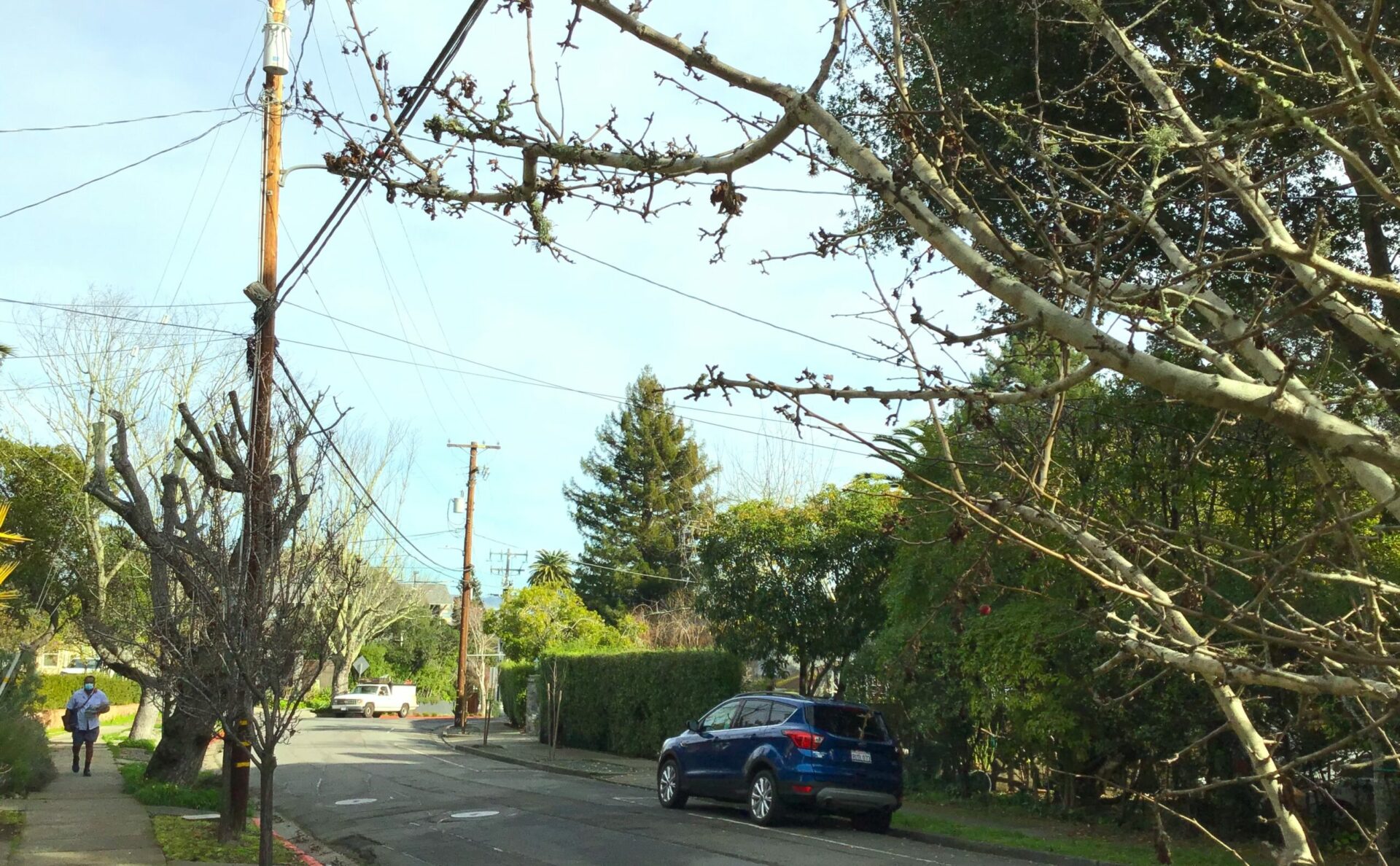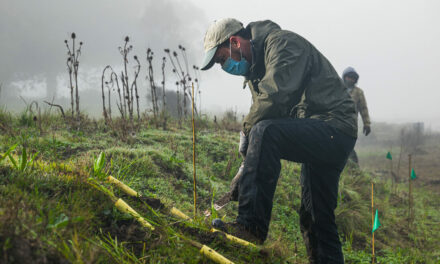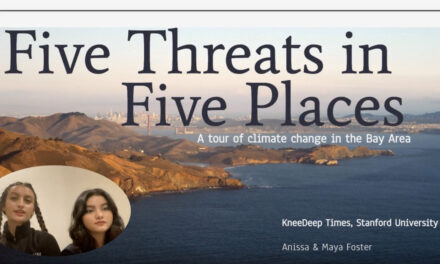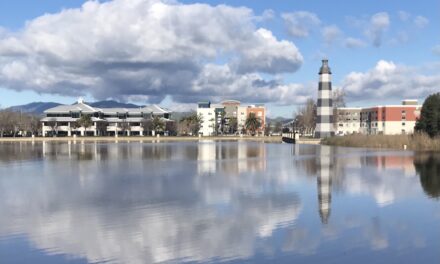Power Down, Safety Up for Christmas Hill
When an electrical pole goes down — whether felled by a 100-mile-per hour wind as in Boulder, Colorado after Christmas, or by a tree crashing into live wires, or even too many woodpecker holes — it carries so much more of a threat in the desiccated West than it used to. As residents sue power companies and FEMA foots burgeoning bills for lost towns and subdivisions, some cities are taking the initiative to reduce risk and smooth evacuation — like the North Bay town of Corte Madera.
Last fall, the Corte Madera town council approved a new underground district where PG&E, phone, Internet, and other utility lines will be buried on Lower Redwood Avenue and Edison Avenue at the base of the Christmas Tree Hill neighborhood. This well-populated area lies at the edge of fire-prone wildlands and woodlands.
Burying all overhead lines in a trench could not only reduce the chances of sparks setting nearby brush and trees aflame, but also keep key evacuation and access routes open, since a downed line across lower Redwood Avenue — a street thick with poles and overhead wires — could prevent residents from escaping and fire trucks from reaching any flames in the neighborhood.
Undergrounding is expensive and doesn’t always prevent fires (Coffey Park in Santa Rosa, for example, still burned in the 2017 Tubbs Fire despite underground utilities). But Corte Madera planners, engineers, and community members identified wildfire as a particular worry, and undergrounding as a priority, in their 2021 Climate Adaptation Assessment. The town had also suffered through enough public safety power shutoffs, and seen enough shortfalls in PG&E maintenance, to push for the project.
Town leaders also wanted to ensure they could use valuable funds and credits toward the project from PG&E’s Rule 20A program, whose future has been in question. The program supports conversion to underground lines for projects that meet various criteria (such as density of overhead lines) and offer health and safety benefits, like preventing wildfire and easing evacuation.
“We’re still in the process of analyzing our other fire-prone areas of town, but based on what we already know about Christmas Tree Hill’s vulnerabilities to fire and its limited access routes, we felt it was prudent to initiate this project right away,” says Ron Suokko, Corte Madera’s director of public works.
Still in its preliminary engineering phases, the project includes about 1,200 feet of mainline plus 1,800 feet of service laterals that connect to homes. The hope is that after spending an estimated $4 million to get utilities out of the way, Christmas Hill may be more resilient the next time flames sweep through Marin.
Other Recent Posts
Slow Progress on Shade For California’s Hottest Desert Towns
Coachella Valley communities face record temperatures with little shade. Policy changes lag as local groups push for heat equity.
In Uncertain Times, the Port of Oakland Goes Electric
A $322M grant powers Oakland’s port electrification — cleaning air, cutting emissions, and investing in community justice.
Testing Adaptation Limits: Mariposa Trails, Marin Roads & San Francisco Greenspace
In KneeDeep’s new column, The Practice, we daylight how designers, engineers and planners are helping communities adapt to a changing climate.
ReaderBoard
Once a month we share reader announcements: jobs, events, reports, and more.
Boxes of Mud Could Tell a Hopeful Sediment Story
Scientists are testing whether dredged sediment placed in nearby shallows can help our wetlands keep pace with rising seas. Tiny tracers may reveal the answer.
“I Invite Everyone To Be a Scientist”
Plant tissue culture can help endangered species adapt to climate change. Amateur plant biologist Jasmine Neal’s community lab could make this tech more accessible.
How To Explain Extreme Weather Without the Fear Factor
Fear-based messaging about extreme weather can backfire. Here are some simple metaphors to explain climate change.
Live Near a Tiny Library? Join Our Citizen Marketing Campaign
KneeDeep asks readers to place paper zines in tiny street libraries to help us reach new folks.
Join KneeDeep Times for Lightning Talks with 8 Local Reporters at SF Climate Week
Lightning Talks with 8 Reporters for SF Climate Week
Staying Wise About Fire – 5 Years Post-CZU
As insurance companies pull out and wildfire seasons intensify, Santa Cruz County residents navigate the complexities of staying fire-ready.

